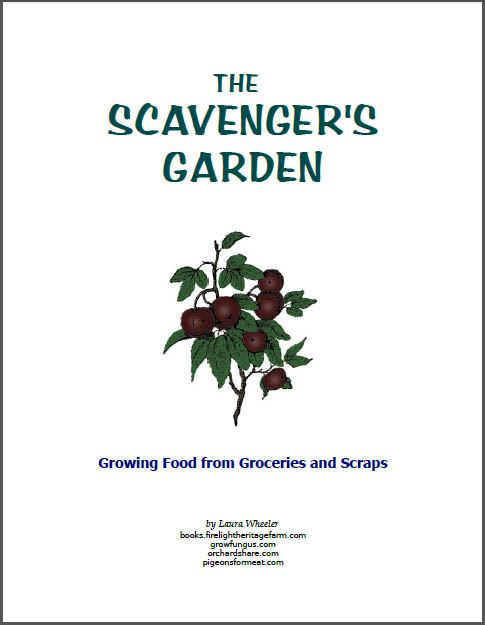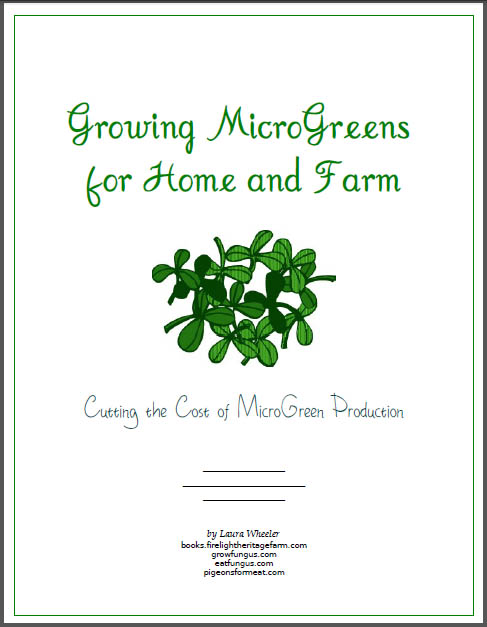 Click to Download Your Free Heritage Pickling and Culturing e-Book Now!
Click to Download Your Free Heritage Pickling and Culturing e-Book Now!
Instant Download, NO Registration Required!
Farm Simplicity #1: Select What Naturally Grows Well Where You Are
The first and most important rule in our tips for simplifying farming.
Select what naturally grows well in your climate, soil, and circumstances.
This rule applies to vegetables, fruits, ornamental plants, livestock, mushrooms, microlivestock (insects and bees), winter gardening, greenhouse gardening, and everything else you do.
The principle is simple:
If you start with what is naturally EASY for your situation, you reduce work, increase success, and it requires less compensation on your part.
Once you are successfully producing under the best circumstances, then you can begin to branch out and extend into things which require more specialized care.
Our rules for plants are as follows:
1. Grow plants that naturally do well in your area first.
2. Grow specialized varieties (adapted varieties) of plants that normally do not grow in your area, but which have been adapted for colder, dryer, wetter, hotter, etc, next.
3. After succeeding with the first two, then if you want to do some more challenging plants which require special care to adapt your growing environment to get them to produce, this is when you would do them. After you have the experience with growing plants under good conditions.
For Livestock, you have similar rules. If you raise breeds that are adapted for the cold, and you live in the south, you are going to have more problems, and have to do more adaptations of their environment than if you raise breeds that are adapted to your climate. These problems may be more than just heat related, they may also involve diseases, parasites, and food conversion.
For Mushrooms, the easiest mushrooms to grow are those that you can sow in outside in your garden, lawn, landscaping, or woods, and have them tend themselves and produce without additional work on your part (naturalized mushrooms). Select varieties that naturally grow well in your region for easiest production. The second easiest to grow are those that you grow indoors, that naturally do well either at room temperature, or in the fridge, or a combination (often fridge at night, room during day). Select for those conditions, and your tasks are far easier to manage.
If you raise butterflies or moths, bees, black soldier flies, or other insects or microlivestock, select them for your climate as well. Choose those which can thrive in your climate if you want to be able to release them or raise them partly outdoors. If you are raising them indoors, select those that do well at room temperature or with refrigerator or garage temps.
Start with the things for which you need to do the LEAST compensation in order to allow them to grow and produce well.
This rule is often overlooked by gardeners and farmers, but it is one that lets you begin easily, and produce with far greater success and less work.
That's a winner all around!








